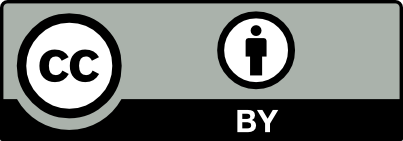Volume 25, Issue 127 (8-2015)
J Mazandaran Univ Med Sci 2015, 25(127): 10-24 |
Back to browse issues page
Download citation:
BibTeX | RIS | EndNote | Medlars | ProCite | Reference Manager | RefWorks
Send citation to:



BibTeX | RIS | EndNote | Medlars | ProCite | Reference Manager | RefWorks
Send citation to:
Mozdastan S, Ebrahimzadeh M A, Khalili M. Comparing the Impact of Different Extraction Methods on Antioxidant Activities of Myrtle (Myrtus communis L.). J Mazandaran Univ Med Sci 2015; 25 (127) :10-24
URL: http://jmums.mazums.ac.ir/article-1-6073-en.html
URL: http://jmums.mazums.ac.ir/article-1-6073-en.html
Abstract: (11850 Views)
Background and purpose: Myrtus communis L. (Myrtle, Myrtaceae) is a known medicinal plant used in traditional medicine worldwide. It is a well-known plant with distinctive antioxidant activity. In this study we investigated the impact of extraction methods on total phenolic and flavonoids contents and antioxidant activities of Myrtle (Myrtus communis L.) leaf.
Materials and methods: The shade-dried leaf was extracted by three different methods including meceration, ultrasonic assisted, and soxhlet assisted extraction. Antioxidant capacity was assessed using four different methods: DPPH and nitric oxide (NO) free radicals scavenging, reducing power and iron chelating activity. The total phenolic and flavonoid contents were also identified. The data were analyzed by analysis of variance and the means separated by Newman-Keuls Multiple Comparison test (GraphPad Prism 5).
Results: The highest yield of extraction was achieved with soxhlet assisted extraction. It also showed highest amount of total phenolics and flavonoids contents. In DPPH radical scavenging activity, the soxhlet extract (IC50 = 11.3 ± 0.3 µg ml) had a higher activity which was significantly different from other extracts (P< 0.05). All extracts were stronger than BHA (P<0.001). This extract had higher iron chelating activity, too. It was significantly more potent than ultrasonic (P<0.01) and maceration extracts (P<0.001). But EDTA was so stronger than other extracts (P<0.001). In reducing power assay, maceration extract showed the highest activity (P<0.001). In nitric oxide radical scavenging activity, IC50 for ultrasonic extract, soxhlet assisted extraction and maceration extract were 355.1, 402.9, and 173.3 µg/ml, respectively. Here, the maceration extract showed the highest activity, too (P<0.001).
Conclusion: The results clearly indicate that extraction methods used in this study significantly affected antioxidant capacities and total phenolic and flavonoids contents. Soxhlet assisted extraction and maceration methods were found to be more efficient in extraction of antioxidant components of Myrtle.
Keywords: Myrtle, Myrtus communis, extraction methods, antioxidant, total phenolics, total flavonoids
Type of Study: Research(Original) |
Subject:
Pharmacy
Send email to the article author
| Rights and permissions | |
 |
This work is licensed under a Creative Commons Attribution-NonCommercial 4.0 International License. |






